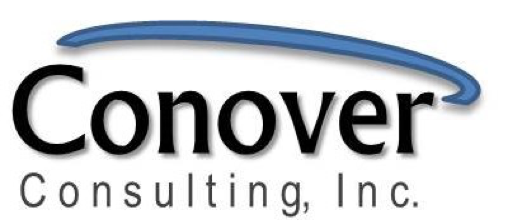Beware the Busyness Trap
Imagine the following scenario. Employee #1 arrives at the office daily at 7:30 AM, a full half-hour before the company’s official start of business. This person we shall call Eric regularly stays well past 6:00 PM. While at work, Eric rarely takes a lunch break, preferring to eat from a brown bag while answering emails. In five years, Eric has never missed a day of work, nor has he even taken a vacation day.
By contrast, employee #2 we shall call Sarah, is regularly late, often arriving up to 45 minutes after the official start of business. Sarah also takes frequent breaks, long lunches, and is commonly seen chatting with other employees about everything from the latest show she’s binging to favorite vacation spots. Worse, Sarah is habitually out the door at 5:00 PM. On the dot. Unlike Eric, Sarah does take every vacation day earned and every available personal day as well.
Now, in terms of actual measurable output, both hypothetical employees are virtually identical. The question is: which team member would you prefer to hire? If you are like most people in leadership in the U.S., your sympathy is bound to be tied up with Eric. This person is clearly a go-getter with a good work ethic. Clearly, he seems to put the company’s needs above his own. Also, while Sarah may appear productive on paper, her undeniable poor work habits, clock-watching, lack of professionalism, and constant absences—even if allowed by company policy—likely pull down the production of others. They also set a poor example for the team.
If this is how you reacted, you have fallen into what workplace experts dub: The Busyness Trap. As recently discussed in the Harvard Business Review, “The Busyness Trap” is rooted in the centuries-old European belief that physical activity is synonymous with virtue. We find this concept at the heart of such terms as The Protestant Work Ethic, proverbs like “Idle hands are the Devil’s plaything,” and even the inclusion of sloth as one of the Seven Deadly Sins. How often have you heard that “success is the result of hard work,” suggesting that if work isn’t difficult, painful, and unpleasant, it can’t be of any value? (“That’s why we call it work!” is a commonly heard rejoinder.)
As we slowly emerge from—or adapt to—the COVID-19 pandemic, many companies are demanding employees curtail working from home and return to the office on a full-time, or at least part-time, basis. Why? Has productivity declined? Actually, in many cases, working from home has increased productivity. No, the most common justification we hear so often is that managers want to “keep an eye” on their employees to make sure they’re not “goofing off.”
Sounds like it’s back to the old Busyness Trap.
And yet, if our experience with the pandemic and its effects has taught us anything, it’s that there is nothing especially magical about working long hours in general or the traditional office environment in particular. In fact, many studies and experiments have shown that workaholics, so lauded in American culture, actually tend to be less productive than their less frenetic counterparts and that four-day workweeks can actually increase overall productivity. As for working from home (WFH), not only do employees benefit from losing the daily commute and its related expenses and stresses, but flexible schedules actually increase individual output.
As business author and efficiency trainer Juliet Funt notes in her book A Minute to Think: Reclaim Creativity, Conquer Busyness and Do Your Best Work, busyness is not at all a proxy for success. Instead, she recommends, “give yourself the gift of pausing during your workday, giving yourself space to think and process information and events.”
So, what does all of this mean to you as a business leader or manager?
First, it’s time to focus on results rather than how those results were achieved. This can be especially hard for executives who were trained under the traditional factory model of business, popular since the late 19th and early 20th centuries, in which companies developed systems designed to operate predictably regardless of who happened to occupy any particular position at any particular time.
To this point, the franchise concept, purporting to offer a plug and play template for a business that can be duplicated ad infinitum, offers an illustrative example of such a model. Yet, breaking free of these ideological constraints—actually embracing the idea there can be multiple paths to the same destination and that one size does not fit all—opens the way for the kind of innovations and experimentation vital to success in a rapidly changing and increasingly unpredictable world.
Second, it’s highly advisable to provide your staff with opportunities to buck The Busyness Trap. Instead, afford them the chance to think, to dream, to process, and to imagine. And by the way, if you’re one of those people who do your best thinking in the shower or when you’re walking the dog, then you know how valuable distractions can be to the creative process!
Ultimately, in today’s ultra-competitive environment, attracting top talent and keeping them engaged requires empathy, flexibility, and support, not the lash and/or the stopwatch. To discover more about how you can create a more vibrant corporate culture focused on results, not just busy work, please contact me at laura@conoverconsulting.com.

